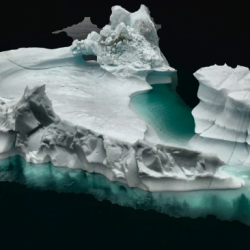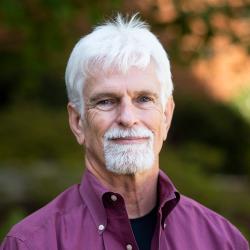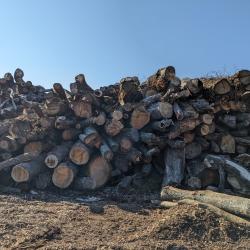UMD Researchers in Computer Science, Art and Earth Science, including AOSC Associate Professor Sinead Farrell, Collaborate on 3D Renderings




Zhanqing Li has been awarded the AGU John Tyndall History of Global Environmental Change Lectureship for his exceptional contributions to advancing atmospheric, environmental, and global change sciences.

Distinguished University Professor Zhanqing Li is to receive the Verner E. Suomi Technology Medal, one of the most prestigious awards bestowed by the American Meteorological Society.

Led by UMD Atmospheric and Oceanic Science researchers, Kenneth Pickering and Dale Allen, this novel experiment reveals how thunderstorms affect our climate and how Earth’s atmosphere breaks down pollution.

University of Maryland and Johns Hopkins Bloomberg School of Public Health researchers link air pollution in Baltimore’s Curtis Bay community to nearby coal terminal activity and wind.

Professor Ning Zeng co-authored new research on a simple way to capture carbon dioxide, a planet-warming gas.


Art Associate Professor Cy Keener, Geographical Sc

A University of Maryland-led study revealed that the bay is experiencing “significant increases” in annual heat waves, but satellites show that not all regions are warming equally.

UMD Professors Xin-Zhong Liang and Ann Wylie Named 2024 AAAS Fellows.
